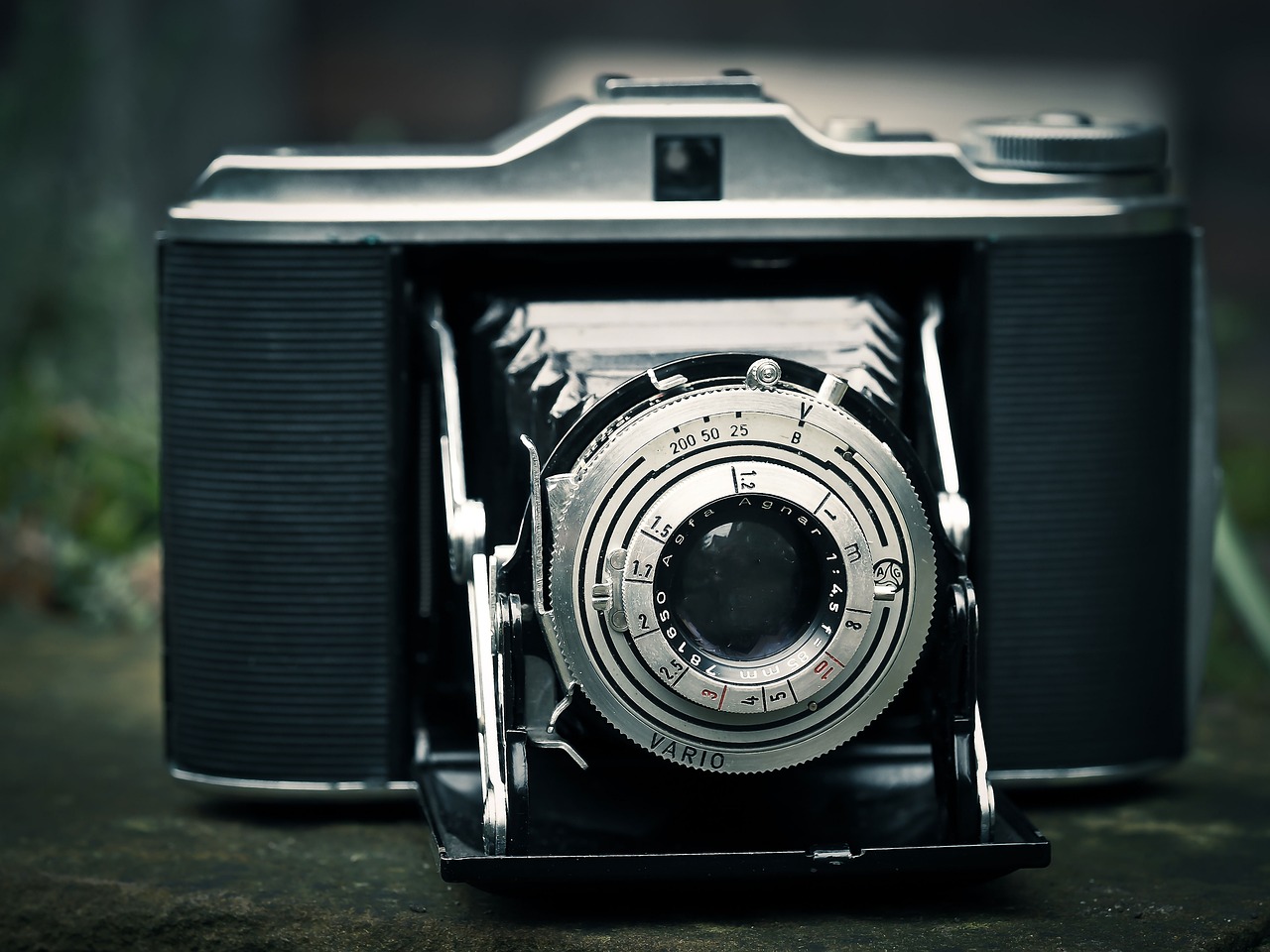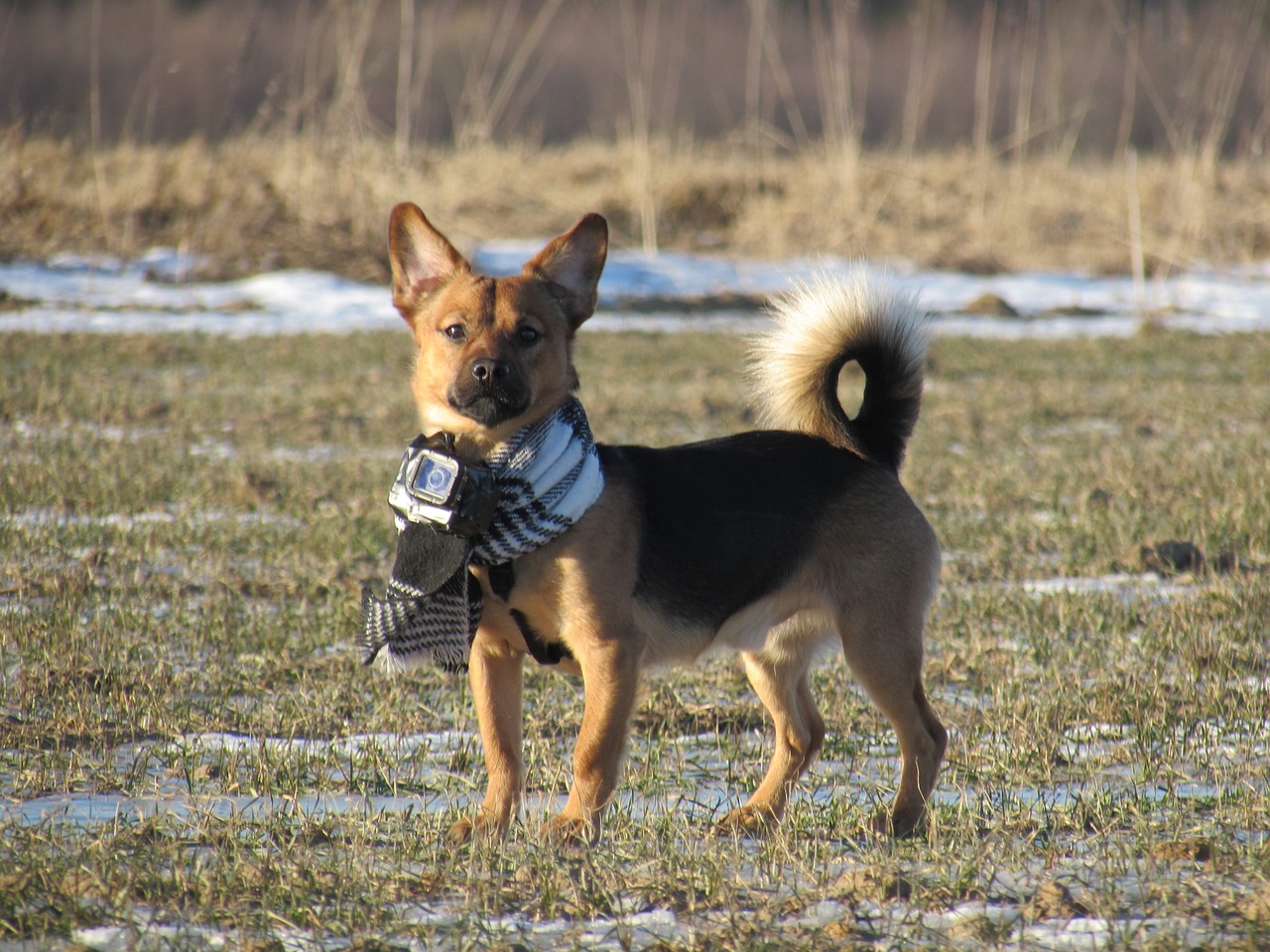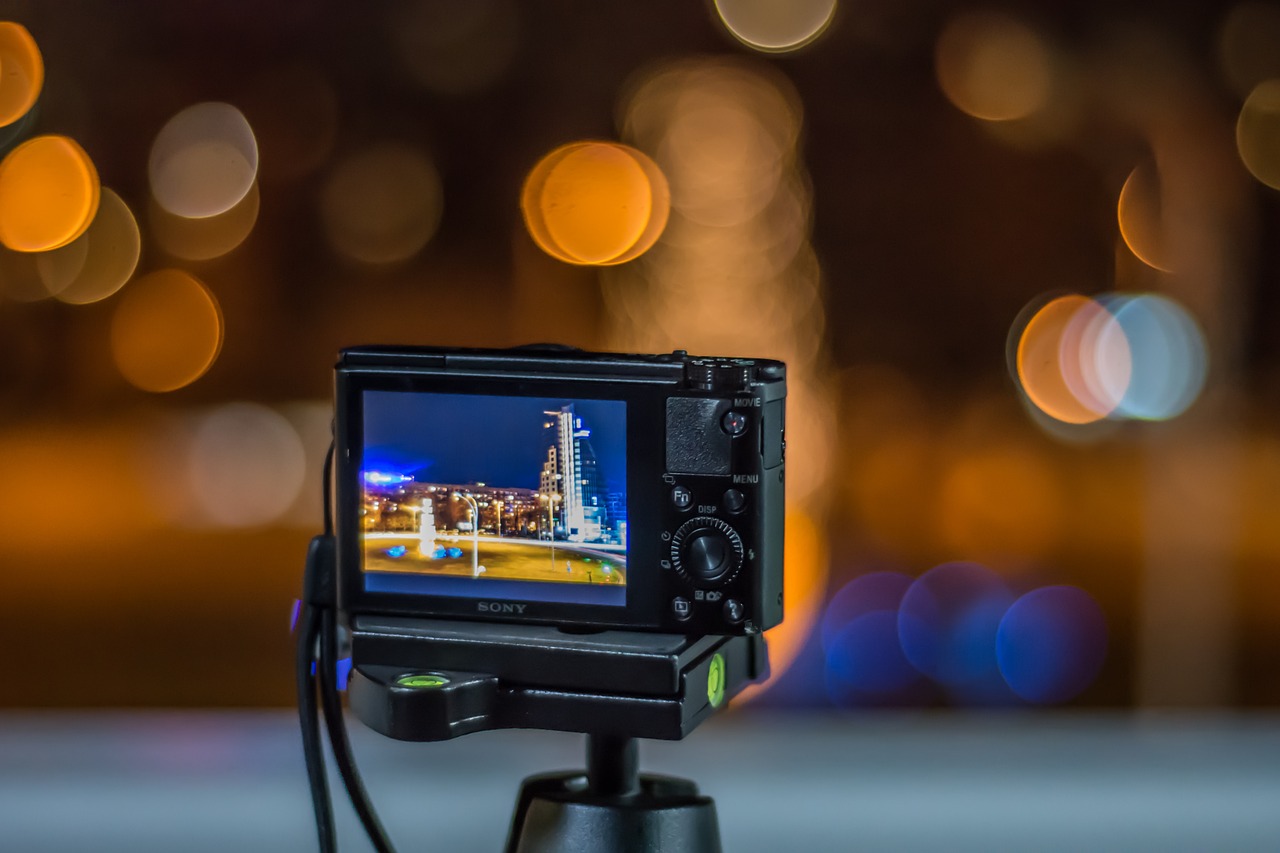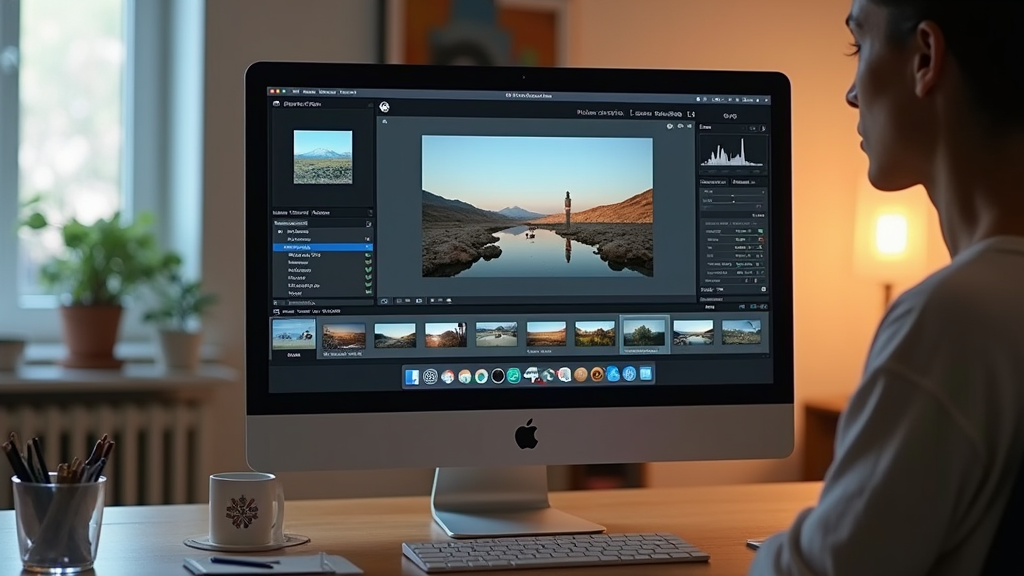If you’re new to the world of photography, the various camera modes can seem like a puzzle waiting to be solved. Understanding camera modes is crucial for anyone aiming to elevate their photography from simple snapshots to compelling images.
Each mode is designed to give you a certain level of control over how your camera behaves when you press the shutter button. This isn’t just about getting the exposure right; it’s also about using the camera as a creative tool to express your vision.
In this section, we’re going to explore why camera modes are your secret weapon in photography. They control exposure by balancing the amount of light captured (aperture), the duration of light hitting the sensor (shutter speed), and the sensor’s sensitivity to light (ISO). Beyond that, they determine how your camera focuses and processes the image before you even see it. Trust me, once you understand this, you’re going to find out about entirely new realms of creativity at your fingertips.
I’m here to help you navigate through the basic modes on your camera. These generally include Aperture Priority, Shutter Priority, Manual, Program, and Automatic modes. As we unearth the who, how, and why of camera settings, you’ll gain the expertise to make artistic choices that bring your photographs to life.
You’ll see that a lot is happening very quickly once you start adjusting settings. However, keep in mind that you can always adjust your approach down the road.
As we transition into the next section, we’ll discuss the three classic modes that most photographers learn first: Aperture Priority, Shutter Priority, and Manual modes.
These are the foundation of photography, giving you the control to freeze motion, blur backgrounds, and ultimately dictate the look and feel of your images. Choose something that resonates with you, and let’s elevate your understanding one step at a time.

The Classics Unwrapped: Aperture, Shutter Speed, and Manual Modes
I’m going to break down the classic trifecta of camera modes that will take your pictures from good to amazing. First up, let’s talk about Aperture Priority Mode, or Av/A on your camera dial.
This mode is a favorite for portrait and landscape photographers, and here’s why: It lets you control how much of your image is in focus by changing the aperture.
As I’ve mentioned in a previous article, a lower f-number means more light hits the sensor and a shallow depth of field, giving you those creamy backgrounds that make your subject pop.
Now, what if you want to capture motion? That’s going to include switching to Shutter Priority Mode, labeled Tv/S.
Whether it’s the rush of a waterfall or the action at a soccer game, this mode lets you decide how long the camera’s shutter stays open. A faster shutter speed freezes motion, while a slower one can create a sense of movement with a blur effect.
But if you’re ready to take the reins, Manual Mode (M) is where you have the ultimate control. You decide on both the aperture and the shutter speed, which means no compromises.
It’s a powerful tool but can seem a bit daunting to new photographers. Don’t worry too much about getting it perfect on the first shot. It’s all about experimentation and learning what each adjustment does to your images.

Understanding how to balance the exposure triangle—ISO, shutter speed, and aperture—is crucial when shooting in manual mode. Think of it like a dance between light and how you capture it. I’m here to help you nail that dance.
And remember, your first attempt doesn’t need to be perfect. Photography is as much about the process as it is about the output.
Advancing with Camera Modes: Program and Automatic Options
You’re going to find out about the convenience of Program Mode (P) and Full Automatic Mode, and how they serve as a foundation before you jump into more sophisticated shooting modes.
Program Mode is the middle ground, combining the ease of automatic settings with a touch of manual influence. It’s a great way to start experimenting with creative control without feeling overwhelmed.
If you want to just point and shoot, Full Automatic Mode has you covered. It’s the camera’s ‘brain’ doing the heavy lifting by selecting what it thinks are the optimal settings for your shot.
But don’t worry too much about this mode making all the decisions; there’s a time and place when it shines, especially in rapid, spontaneous situations where you can’t fiddle with settings.

Now, scene modes are like having a personal assistant for particular situations. They optimize your camera for specific conditions or subjects, like nightscapes or action shots. Imagine telling your camera, ‘I’m shooting sports today,’ and it adjusts itself accordingly.
You can always adjust your approach down the road, but dipping your toes into Program Mode can start to demystify the more complex Manual options. It’s a gradual ascent into becoming more proactive with your camera settings, rather than letting the camera call all the shots.
Exploring Creative Modes for Artistic Expression
If you’ve got a handle on the basic and advanced camera modes, you’re ready to tap into your artistic side. Engaging in photography isn’t just about capturing what you see; it’s about presenting how you see it. This distinction is what sets a snapshot apart from a photograph that tells a story.
Bulb Mode is your go-to setting for evening landscapes or cityscapes, allowing you to keep the shutter open for as long as you hold the button, perfect for those dramatic light trails or soft-flowing water effects.
Choose something that resonates with you, like a bustling city at night or a serene beach at twilight, and let Bulb Mode bring your long-exposure dreams to life.

But don’t stop there. Play around with Panorama Mode to capture the vastness of a scenic overlook. Or, experiment with Multiple Exposure Mode to overlay images for a surreal effect that can speak volumes more than a single frame.
These modes add layers to your storytelling, creating images that invite viewers to look longer and perhaps, see more deeply.
For scenes with high contrast, High Dynamic Range (HDR) Mode can be your best friend. By combining multiple shots at different exposures into one, you end up with an image that has detail in both the shadows and highlights.
And with Focus Stacking, you can achieve sharpness throughout your subject, from front to back, which is particularly useful in macro photography.
The key takeaway? Don’t shy away from experimenting with these creative modes! They can dramatically transform your work from ordinary to exceptional, pushing the boundaries of your creativity.
Remember, it’s all about practice. Your first attempt doesn’t need to be your last – each shot is an opportunity to learn and improve.
So, go ahead and give these creative modes a whirl; you might just discover a new passion within the realm of photography.





This is such an amazing choice for an article! Now that I have read it I can understand the different camera modes so much better than I did before! It’s important to know what each camera mode is about especially in photography. Thank you for sharing such helpful information with people, it really helped a lot!
Hi Osamu! Thank you for your response! I’m thrilled to hear you found it helpful!